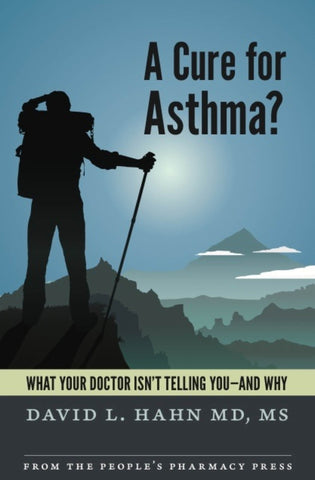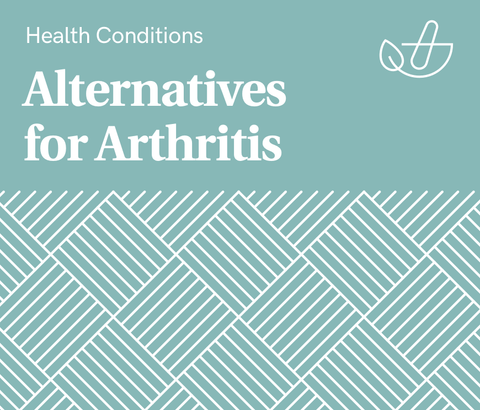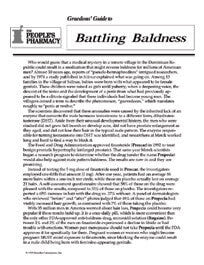Link to your individual collections by creating a new linklist in the Navigation section of the admin.
You can then have it appear here by choosing your new linklist under Customize Theme / Sidebar.

Show 1251: How Chemicals Are Threatening Our Health and Fertility
Sperm counts have been falling for decades. In fact, they’re down 50 percent over the last four decades. Should we worry about young men’s health and fertility? How can we explain this trend?
Threats to Health and Fertility:
Sperm counts are not alone in their decline. Men’s levels of testosterone have also been dropping steadily, about 1 percent per year since 1982. Research suggest that some of the chemicals we are often exposed to could be contributing to both problems. Pesticides, solvents, plasticizers such as BPA, phthalates and non-stick compounds (PFAS) can all have negative impacts on health and fertility.
Women as Well as Men:
Nor are men the only ones afflicted with declining fertility. Women too are having more difficulties getting pregnant or carrying a baby to term. Rates of miscarriage have been rising about 1 percent a year.
Some women are waiting longer to start families, and that can contribute to fertility problems. But women’s exposure to chemicals in cosmetics, plastics and pesticides can also be harmful.
How Can We Avoid Chemicals Harmful to Health and Fertility?
Our guest, Dr. Shanna Swan, has studied the effects of these hormone-mimicking chemicals. She suggests avoiding the most common sources of these endocrine-disrupting compounds: plastic containers, canned food, cash register receipts (all sources of BPA and similar estrogen mimics). In addition, cleaning products, stain repellents, fragrance like new car smell can all serve as unsuspected reservoirs of chemicals that can change the way our bodies manage their own hormones.
The most effective action will be at the policy level for society-wide changes. But Dr. Swan also offers a number of resources for individuals to learn more about how to avoid the chemicals that can damage our health and fertility. The Environmental Working Group (EWG) publishes lists of low-pesticide and high-pesticide produce each year, the clean 15 and the dirty dozen. The Environmental Protection Agency (EPA) offers information on thousands of chemicals through its CompTox Chemicals Dashboard. She also recommends Slow Death by Rubber Duck for an entertaining and informative introduction to reducing exposures to some of the most common chemicals.
This Week's Guest:
Shanna Swan, PhD, has worked for over twenty-five years to understand the threats posed by chemicals to our environment and our health, and, when necessary, to develop new paradigms to assess their risks. Of most concern to Dr. Swan are the chemicals that our bodies can confuse with its own hormones (the “endocrine disrupting” chemicals).
As Professor of Environmental Medicine and Public Health at the Icahn School of Medicine at Mount Sinai, Dr. Swan is working with a wide range of collaborators, including epidemiologists, biostatisticians, toxicologists, geneticists and systems biologists, to conduct studies and develop methods to evaluate the risks from such chemicals — methods that are sensitive enough to tease out the often subtle effects of complex mixtures on our health and fertility.
Dr. Swan is the author of Count Down: How Our Modern World Is Threatening Sperm Counts, Altering Male and Female Reproductive Development, and Imperiling the Future of the Human Race.
The photograph of Dr. Swan is by Axel Depeux.




